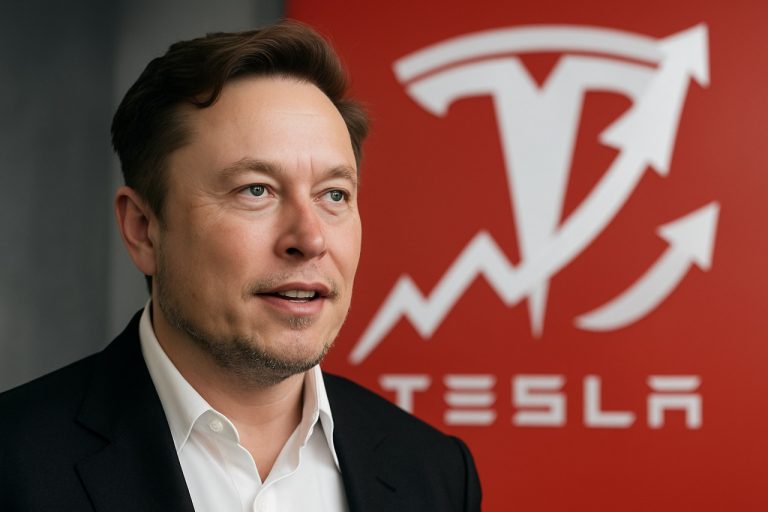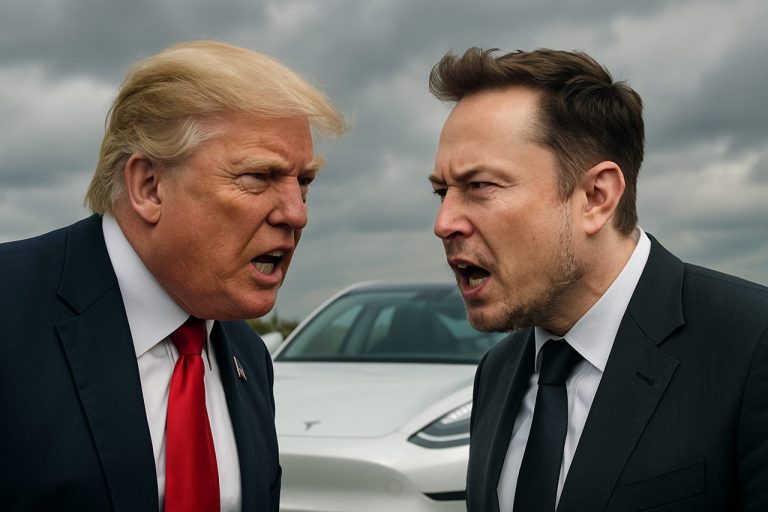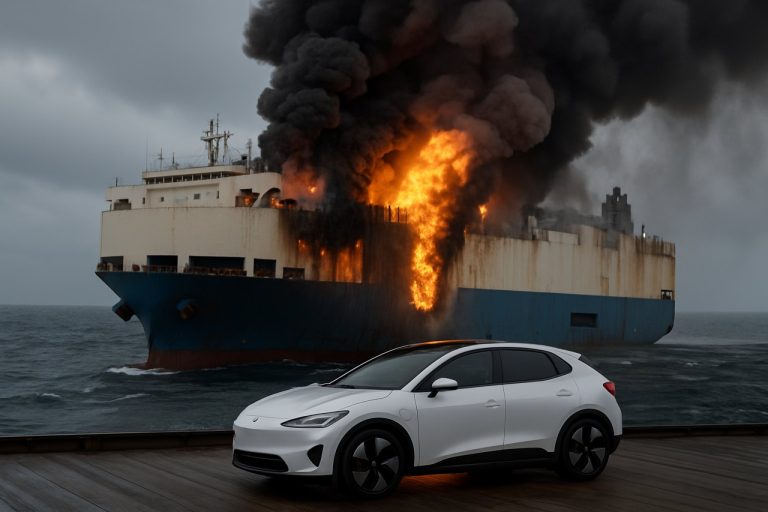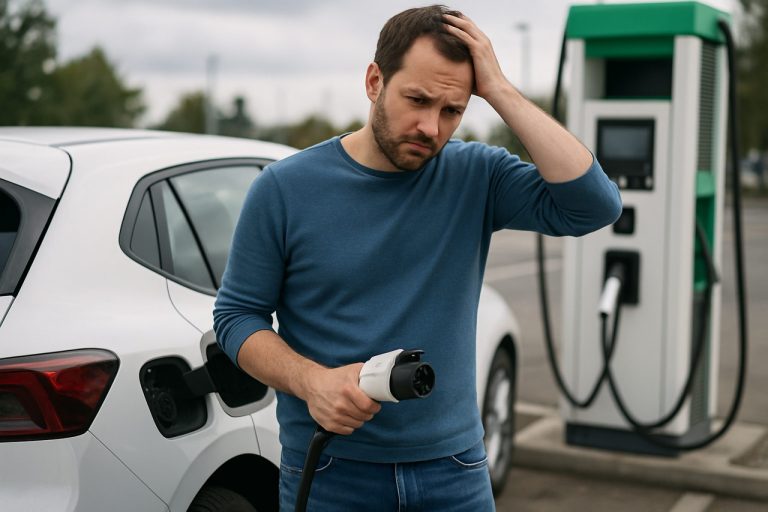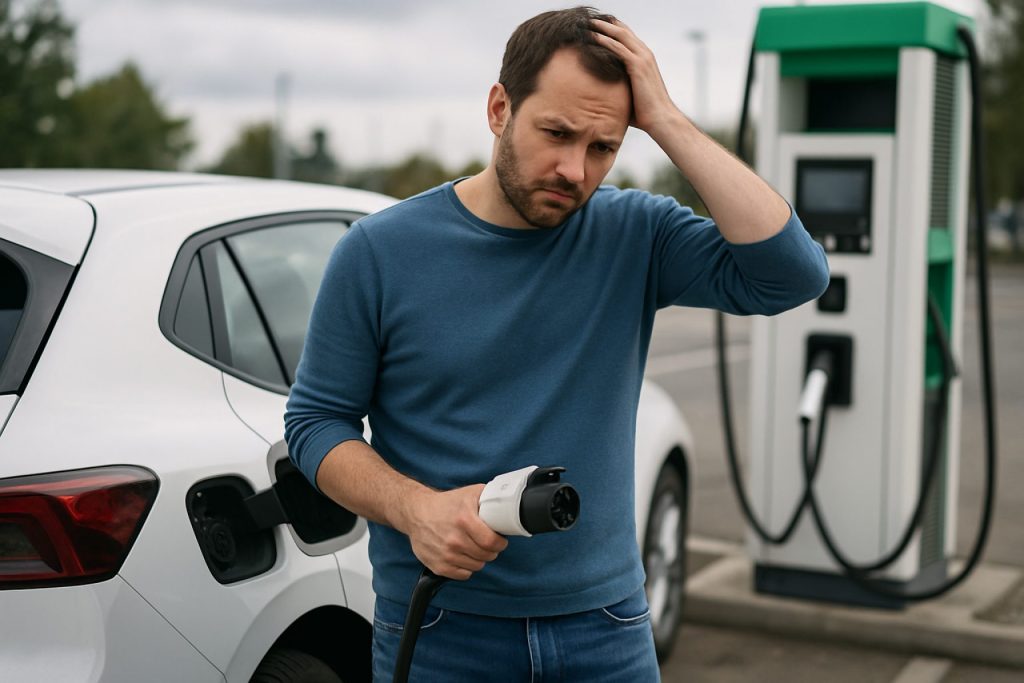
Shocking Drop: Consumer Interest in Electric Vehicles Plummets to 5-Year Low Despite Dozens of New Models
US consumer excitement for electric vehicles tumbles in 2025, with interest at its lowest point in five years, new AAA survey finds.
- 16% of U.S. adults are likely to buy an EV next — a record low since 2019.
- 63% say they are “unlikely” or “very unlikely” to go electric.
- 75+ new EV models launched in just 4 years.
- 62% cite battery repair costs as their top concern.
2025 was poised to be a breakout year for electric vehicles (EVs) in America. Auto showrooms have never offered more options, with more than 75 new EV models rolled out since 2021. Yet a new AAA survey reveals a stark reality: U.S. consumer enthusiasm for going electric has shifted into reverse.
Only 16% of U.S. adults now say they are likely to choose a fully electric vehicle for their next purchase. This marks the lowest level of interest since 2019 — a clear warning sign for automakers betting big on an all-electric future. Meanwhile, EV skepticism is soaring, with 63% declaring they’re unlikely to go electric, up over 10 percentage points since 2022.
Why Are Americans Pumping the Brakes on EVs?
Several significant barriers are fueling this dramatic pullback. Survey participants flagged expensive battery repairs as the leading concern, with 62% worried about potential costs. High sticker prices were cited by 59%, while more than half pointed to persistent doubts about EV suitability for long trips and limited charging infrastructure.
Nearly a third have safety worries, while 27% struggled with installing home chargers. Even fluctuating government incentives—once a big draw—are losing luster. Only 39% of respondents now see tax credits as a motivation, a steep drop from 60% last year.
Q: Why is Interest in EVs Falling?
Gasoline prices have cooled considerably since the $5-per-gallon peak of 2022, eroding EVs’ cost appeal. The promise of gas savings, greener driving, and cheaper upkeep continues to intrigue some, but not enough to outweigh concerns about reliability, range, and convenience.
How Do Americans See the EV Future?
Optimism about a fully electric auto landscape is dimming. Only 23% of drivers now believe most cars will be electric within a decade, nearly halved from 2022’s 40%. This pessimism signals a broader national hesitation, despite automakers’ accelerated EV launches.
Q: What Are Top EV Ownership Barriers in 2025?
- High battery replacement and repair costs
- Elevated upfront purchase prices
- Range anxiety and long-distance travel doubts
- Lack of public and home charging infrastructure
- Uncertainties over tax credits and evolving policies
How Hybrids Could Bridge the Gap
To ease the transition, AAA encourages consumers to consider hybrid and plug-in hybrid models. These vehicles offer the dual benefits of electrification and familiar gasoline backup—addressing range and charging concerns while still cutting emissions and fuel bills.
Shoppers are encouraged to tap into resources like the U.S. Department of Energy, the U.S. Energy Department, and AAA’s 2025 Car Guide for in-depth comparisons and ownership cost calculators.
Q: Is There Still Hope for an EV Surge?
Industry experts stress that improved charging networks, falling battery prices, and new technologies may rekindle enthusiasm. The auto world remains committed to electrification, but overcoming American drivers’ doubts and inconveniences is the hurdle of 2025 and beyond.
Ready to weigh your next vehicle switch? Bookmark this checklist before making your move:
- Research total long-term EV and hybrid costs
- Test drive several EV and hybrid models
- Check local charging options and home installation feasibility
- Monitor government incentives and tax updates
- Stay informed on the latest auto industry trends via AAA or government sites
Stay tuned to the latest EV insights — your next car choice could shape the future!
